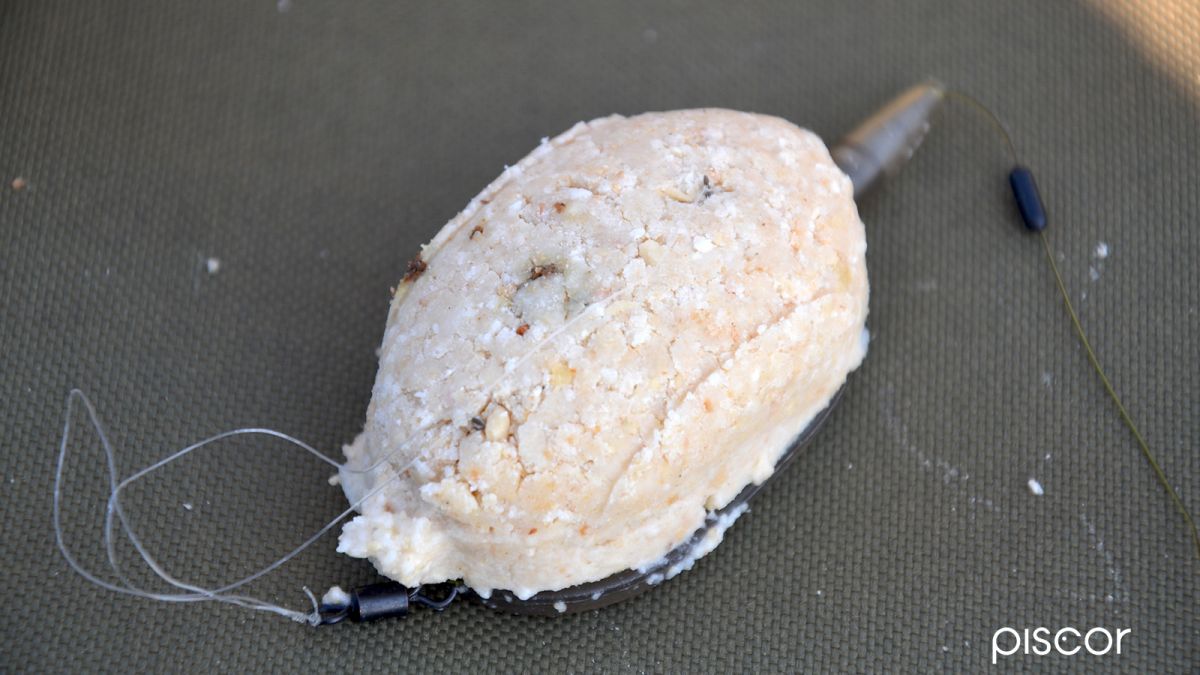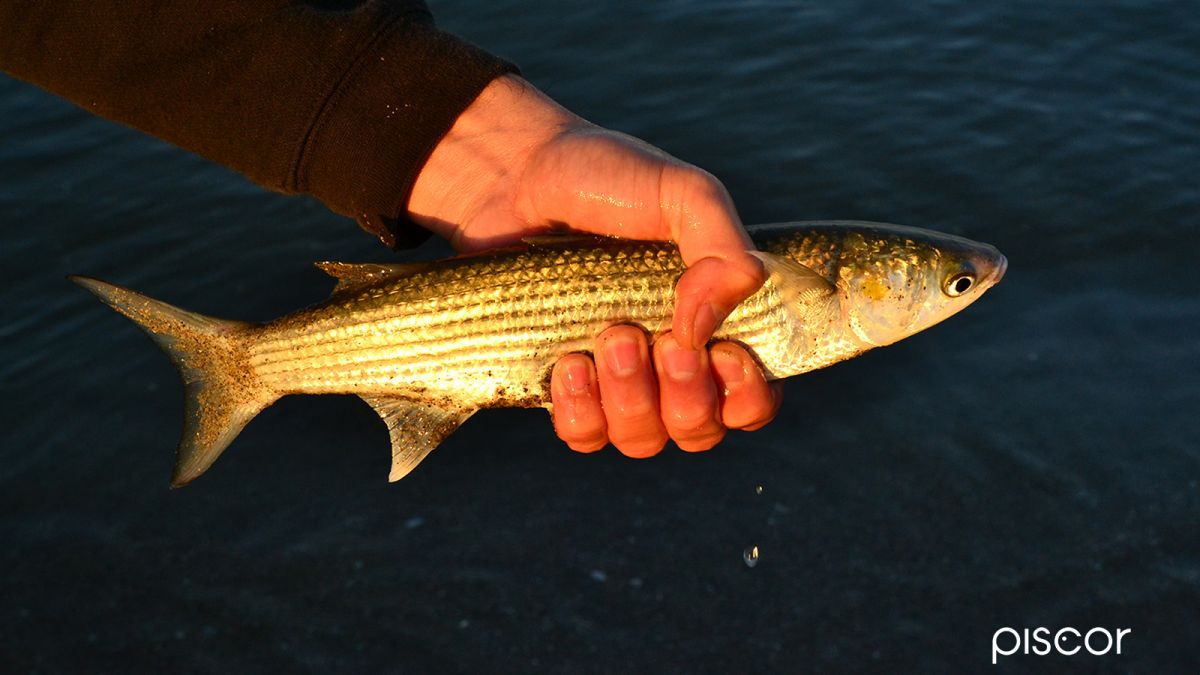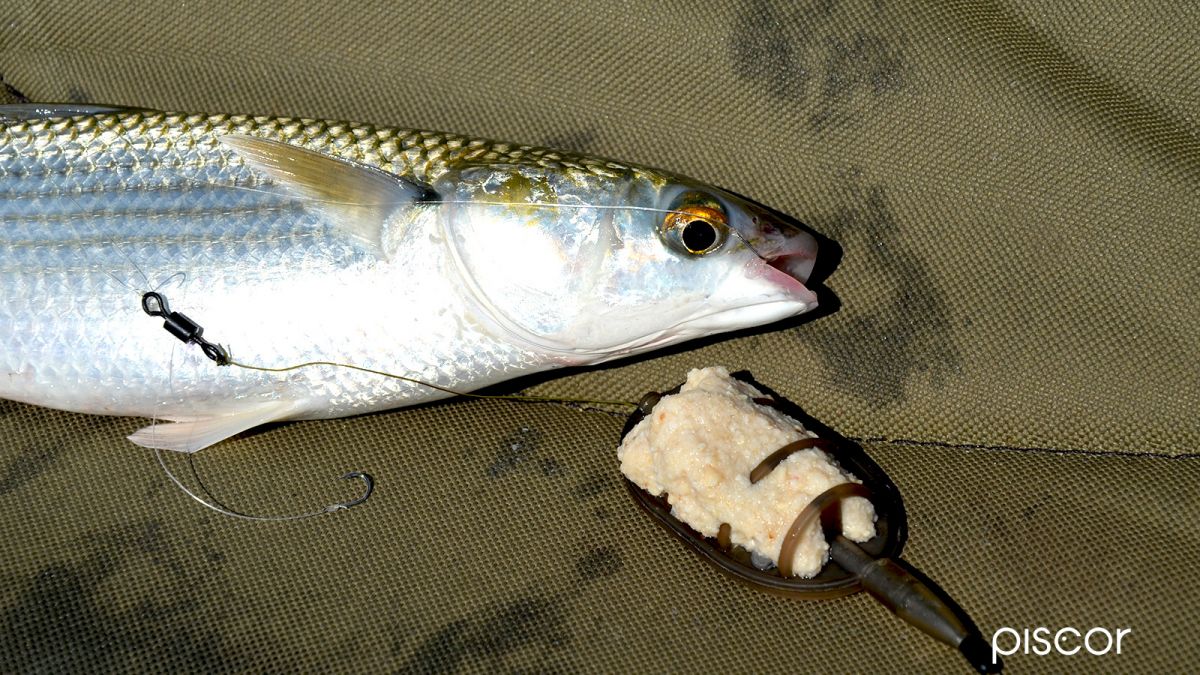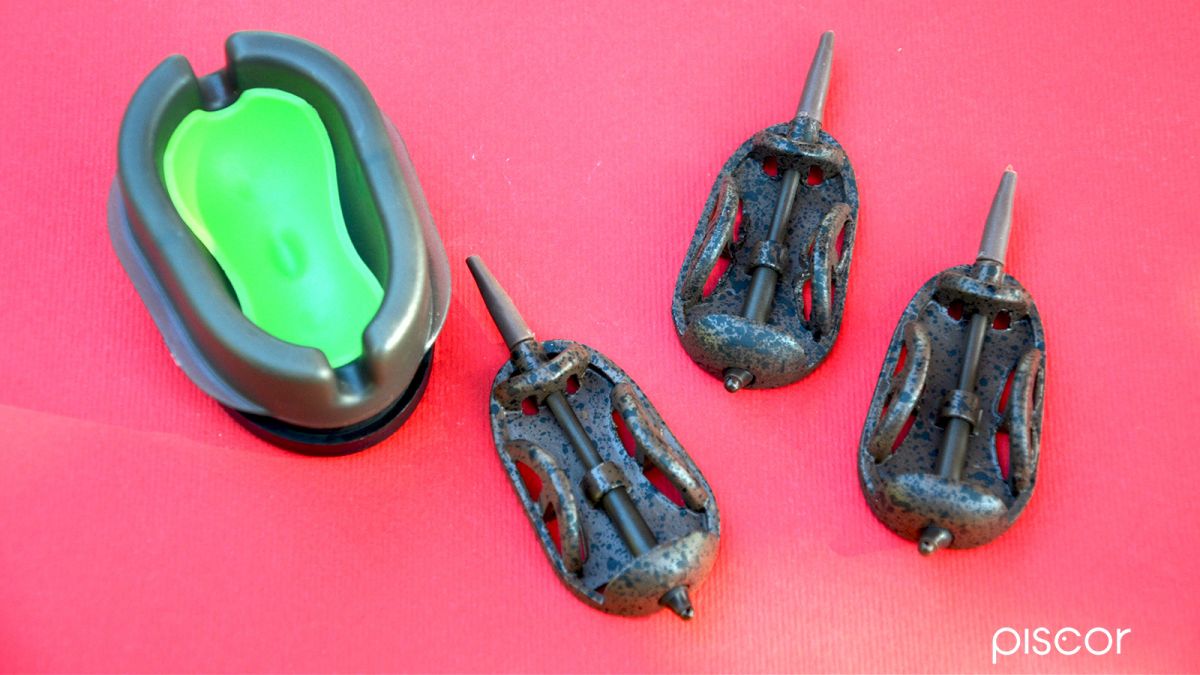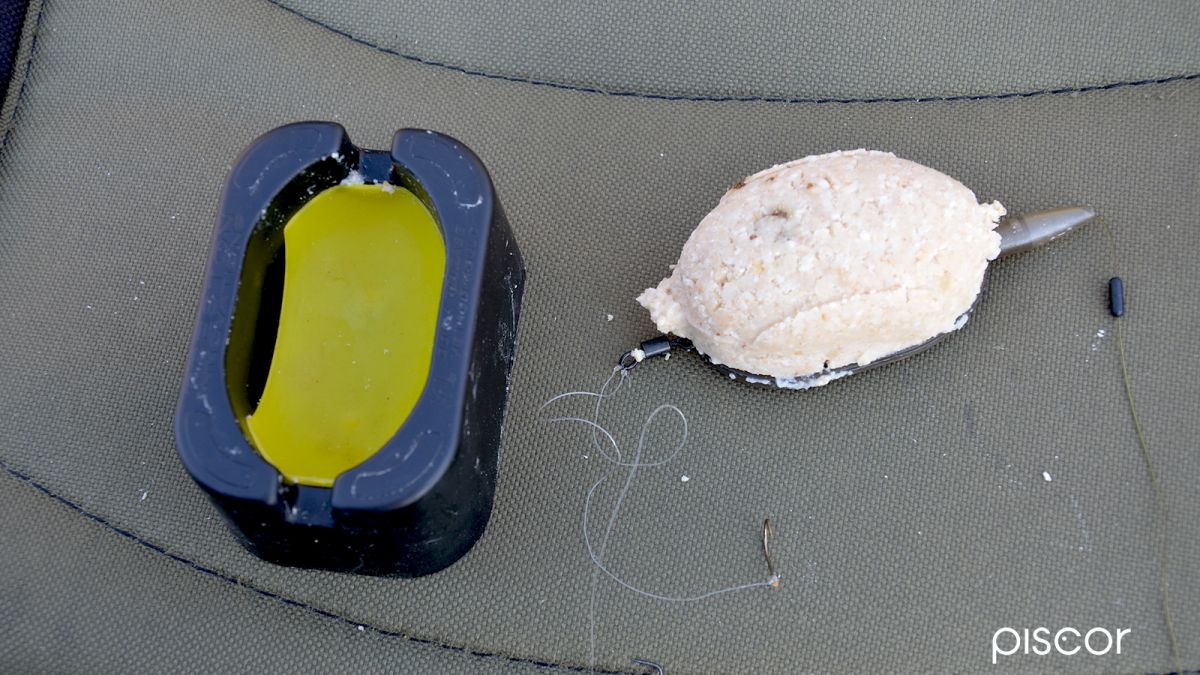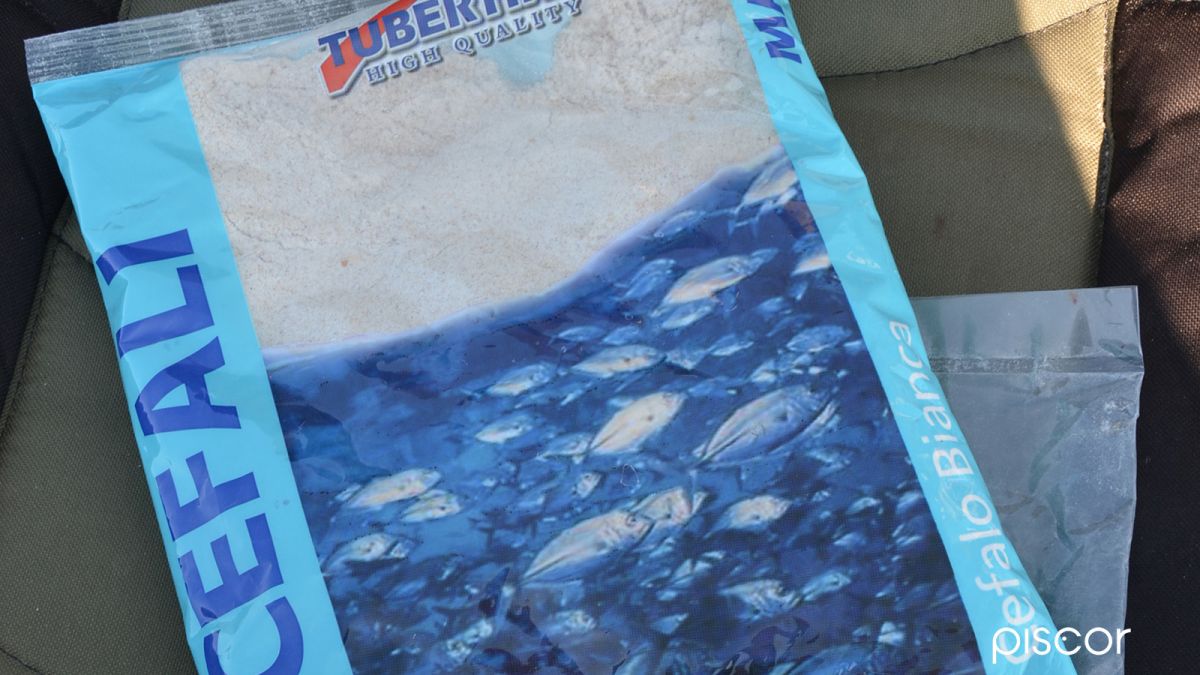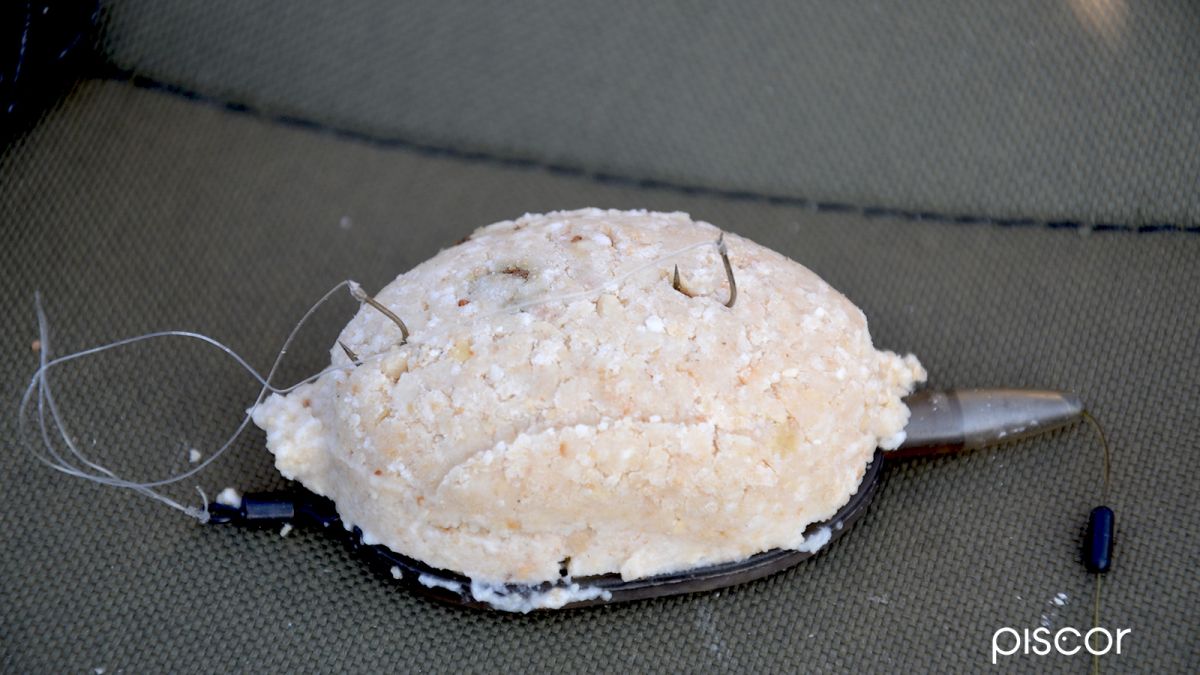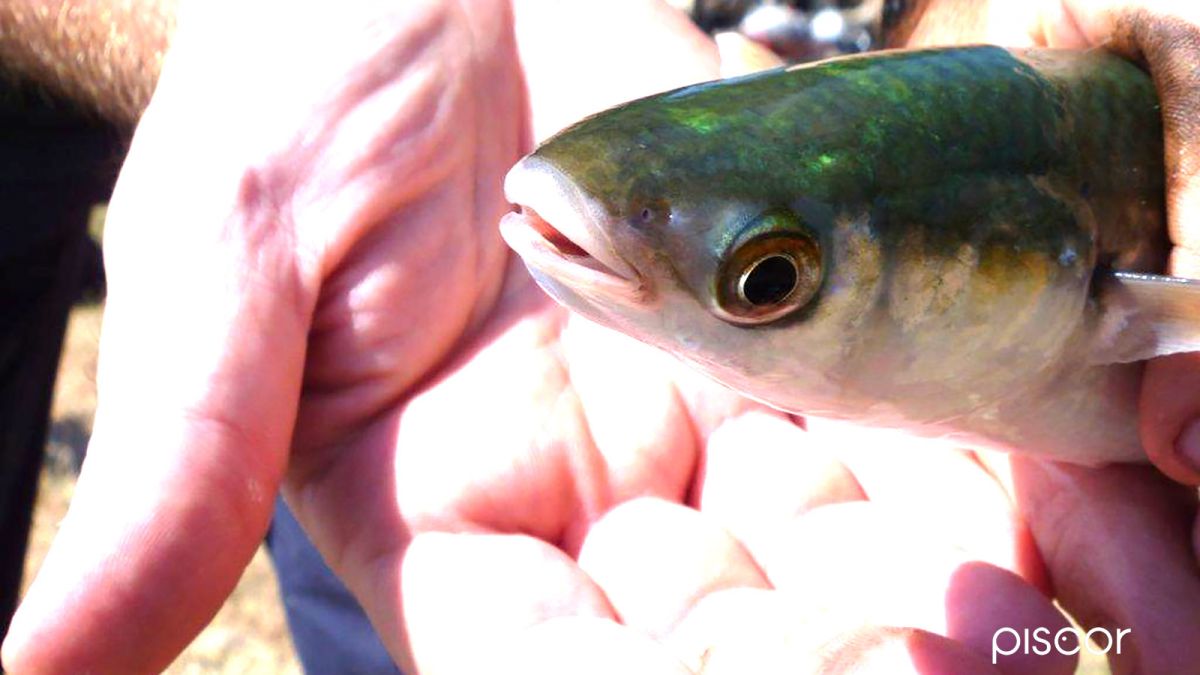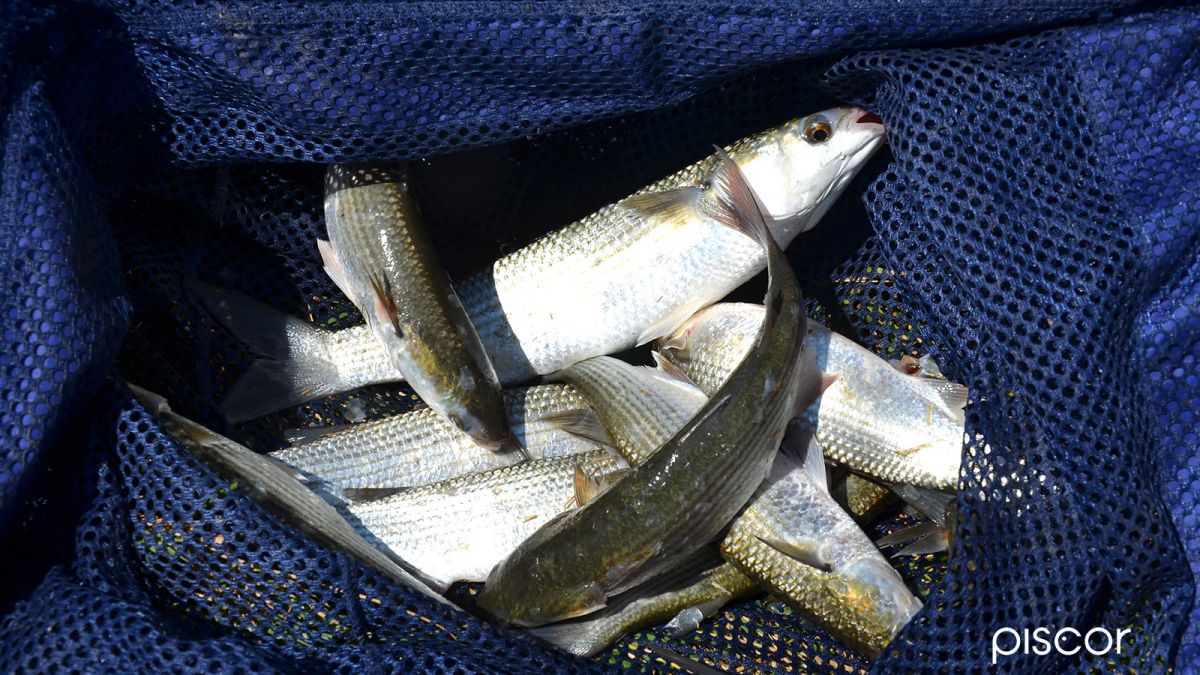Mullet fishing with the technique of feeder in brackish water and at sea must meet specific requirements that we will list. We will start from the choice of equipment to go into more detail about bait, trigger and baiting.
The rod
To venture into the purchase of a feeder rod dedicated to this type of fish and this type of environment can be difficult, at the end of the speech the small differences detectable on tools of the same price range and the same nominal characteristics are minimal and the preference may fall on a product only for a subjective issue or feeling between rod and fisherman.
The length of the rod should be approximately 13' (3.96 m). Leaving aside the finishing touches, i.e. the type of ringing, the quality of the handle, the presence or absence of EVA inserts and the requirements of the reel holder, what we need can be reduced to just two characteristics: the sensitivity of the quiver tips and the action.
The approach of a medium sized mullet is never excessively impetuous, the thing is amplified by the type of bait, with the mullet that goes to bite the pasture ball pressed into the mould until you find the hook.
A sensitive tip helps to better distinguish what happens below, on our flat method, we found great benefit from a glass fiber tip with a sensitivity of 2 oz. This type of tip is more delicate than its carbon cousins and the short throw distances eliminate the problems of loading and fishing position even with well-dimensioned ballasts.
Once we have found the way to read the eaten we need a stem with a good parabolic response - progressive and with a median section (if we talk about rods in three sections) that allows the curve to respond quickly to the stresses, but with a handle with a good reserve of power in the case of large mullets.
Mould method
There are several advantages offered by a mould method or a method provided with a mould for the packaging of the ball, let's analyze which are. The main benefit is the decentralized ballast, we have the mathematical certainty that the descent and subsequent positioning of the cage on the bottom will always take place in the ideal location, ie with the lead under and the mix upward.
The use of the mould allows the packaging of balls always identical in size, weight and shape to the benefit of the precision of the throw. If we opt for a method with a classic shape and do not want to run the risk that after the throw the hooks are under the ball of pasture, we are forced to put the hooks in the tail of the ball itself while with ballasts of the type "flat" the hooks are found in the best position to be in turn "found" by the mullets.
Among the types of methods on the market we give priority to those with structure without sleepers, this to avoid that the hook is too close if not under one of these, having a ball free from impediments in the middle is of fundamental importance when one or more mullets come to compete for the pasture.
Reasoned mechanics
The choice of pasture cannot but fall on a great classic for mullet fishing, namely cheese. A normal "mullet bottom" is in itself a very good starting point on which to think to obtain two different mechanics between the pasture that will go on the method and the one that we will use, if necessary, to keep the herd of mullets on the fishing area.
For additional pasturage it is sufficient to "cut" the normal pasturage from a white background to bread and freshwater cheese with the corresponding product from the sea, usually much more binding. With a ratio of 2:1, i.e. two parts of the bottom for A.I. plus one part of the bottom of the sea, you get a ball cohesive enough to reach the bottom intact, but fast enough in mechanics to form and strengthen the fishing area.
Any errors in wetting, which in any case must be carried out in at least two stages, may be corrected by adding breadcrumbs or, on the contrary, by adding cheese flour. Adding a few flakes of fresh crumb to the booster pasturage, which tends to rise upwards, helps to achieve the desired effect. The mix to be used on the method is different, its consistency must be such as to withstand, without anxious feelings, the attack of mullets that must arrive at grazing on the ball without suspicion. So more tenacious and more elastic mix, a ratio brought to 1:1 may be the solution. For the method compound it was very productive to add a hint of garlic while others prefer to add the whole gorgonzola, always to increase the attractiveness of the compound.
The setting
The low line perfectly combines simplicity and efficiency. The flat method is mounted on the swivel (protected by a rubber bead) and locked at the top by a rubber stopper. At the moment of eating and fighting, the stopper slides upwards due to the increased tension on the main line, thus freeing the ballast from the excessive proximity of the hooks. Small hooks are used, from n° 14 to n. 16, with strong thread to avoid suffering the encounter with carp or extra size carps.
The main line can be one 0.24-0.26 mm while the two short rigs, one 15 cm and one 10 cm, strictly made of fluorocarbon, are chosen in sizes of 0.20 or 0.22 mm. The two hooks are not triggered, but are inserted directly into the batter of the flat method, one at the top and one at the bottom.
The mullet, grazing and biting the elastic compound, sooner or later finds the hook, the circumstance is evidenced by a longer movement of the tip, less flickering and less frantic. Taking the right timing on eating is not very easy, but once you understand how to flood the mullets is relatively simple and it is not uncommon to go in double capture.

